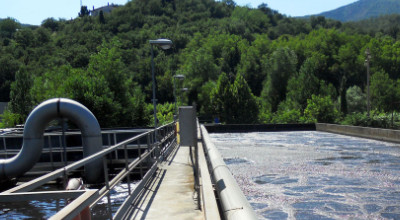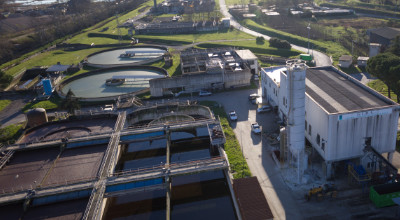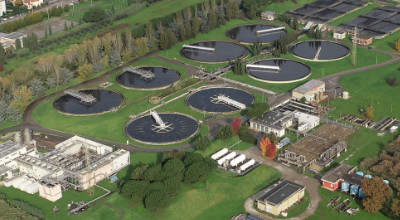Class action 2025
Non ci sono ricorsi proposti da titolari di interessi giuridicamente rilevanti ed omogenei al 27 Maggio 2024.
Carta dei Servizi GIDA Rev7 2025
Il documento pubblicato è quello in vigore al 12 Novembre 2024
Provvedimenti 2025
- La Società non è destinataria di provvedimenti della p.a. socia che fissano obiettivi specifici, annuali e pluriennali, sul complesso delle spese di funzionamento.
- La Società conseguentemente, non ha alcun obbligo in relazione al perseguimento degli obiettivi specifici, annuali e pluriennali sul complesso delle spese di funzionamento fissati dalla P.A. Socia.
Bilanci 2025
Il bilancio dell'esercizio corrente non è ancora disponibile. Per i bilanci delle annualità precedenti si rimanda alla sezione "Archivio".
File sponsorizzazioni 2025
Alla data del 27-05-2024 non vi sono stati atti di concessione di sovvenzioni, contributi, sussidi ed ausili finanziari alle imprese e comunque di vantaggi economici di qualunque genere a persone ed enti pubblici e privati di importo superiore a mille euro.
Informazioni singole procedure 2025
La pubblicazione dei dati sensi ex art.1 c.32 Legge 190/2012 relative al 31/12/2023 sono disponibili in archivio. Le informazioni relative all’anno 2024 saranno pubblicate entro il 31.01.2025 se previsto.



